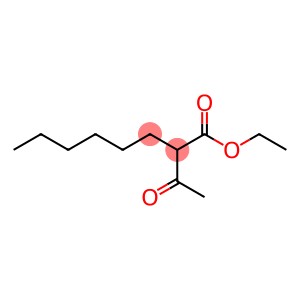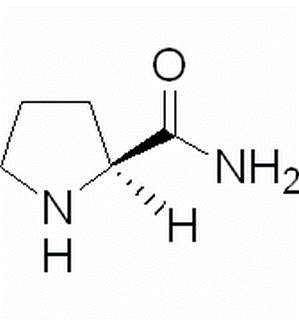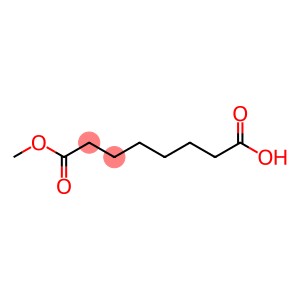Isobutyl butyrate(CAS#539-90-2)
| Hazard Symbols | N – Dangerous for the environment |
| Risk Codes | R10 – Flammable R50/53 – Very toxic to aquatic organisms, may cause long-term adverse effects in the aquatic environment. R52/53 – Harmful to aquatic organisms, may cause long-term adverse effects in the aquatic environment. |
| Safety Description | S16 – Keep away from sources of ignition. S27 – Take off immediately all contaminated clothing. S36/37/39 – Wear suitable protective clothing, gloves and eye/face protection. S61 – Avoid release to the environment. Refer to special instructions / safety data sheets. S60 – This material and its container must be disposed of as hazardous waste. |
| UN IDs | UN 3272 3/PG 3 |
| WGK Germany | 2 |
| RTECS | ET5020000 |
| HS Code | 29156000 |
| Hazard Class | 3.2 |
| Packing Group | III |
Introduction
Isobutyrate is an organic compound. The following is an introduction to the properties, uses, preparation methods and safety information of isobutyrate:
Quality:
Appearance: Isobutyl butyrate is a colorless transparent liquid with a special aroma.
Density: about 0.87 g/cm3.
Solubility: Isobutyrate can be dissolved in many organic solvents such as ethanol, ethers and benzene solvents.
Use:
Agricultural applications: Isobutyl butyrate is also used as a plant growth regulator to promote plant growth and fruit ripening.
Method:
Isobutyl butyrate can be obtained by reacting isobutanol with butyric acid. The reaction is usually carried out in the presence of acid catalysts, and the commonly used acid catalysts are sulfuric acid, aluminum chloride, etc.
Safety Information:
Isobutyl butyrate is a flammable substance and should be avoided from contact with open flames and high temperatures.
Avoid inhaling vapors or liquids of isobutyrate and also avoid contact with skin and eyes.
If inhaled or exposed to isobutyrate, move immediately to a well-ventilated area and rinse the affected area with clean water. If you feel unwell, you should seek medical attention immediately.








